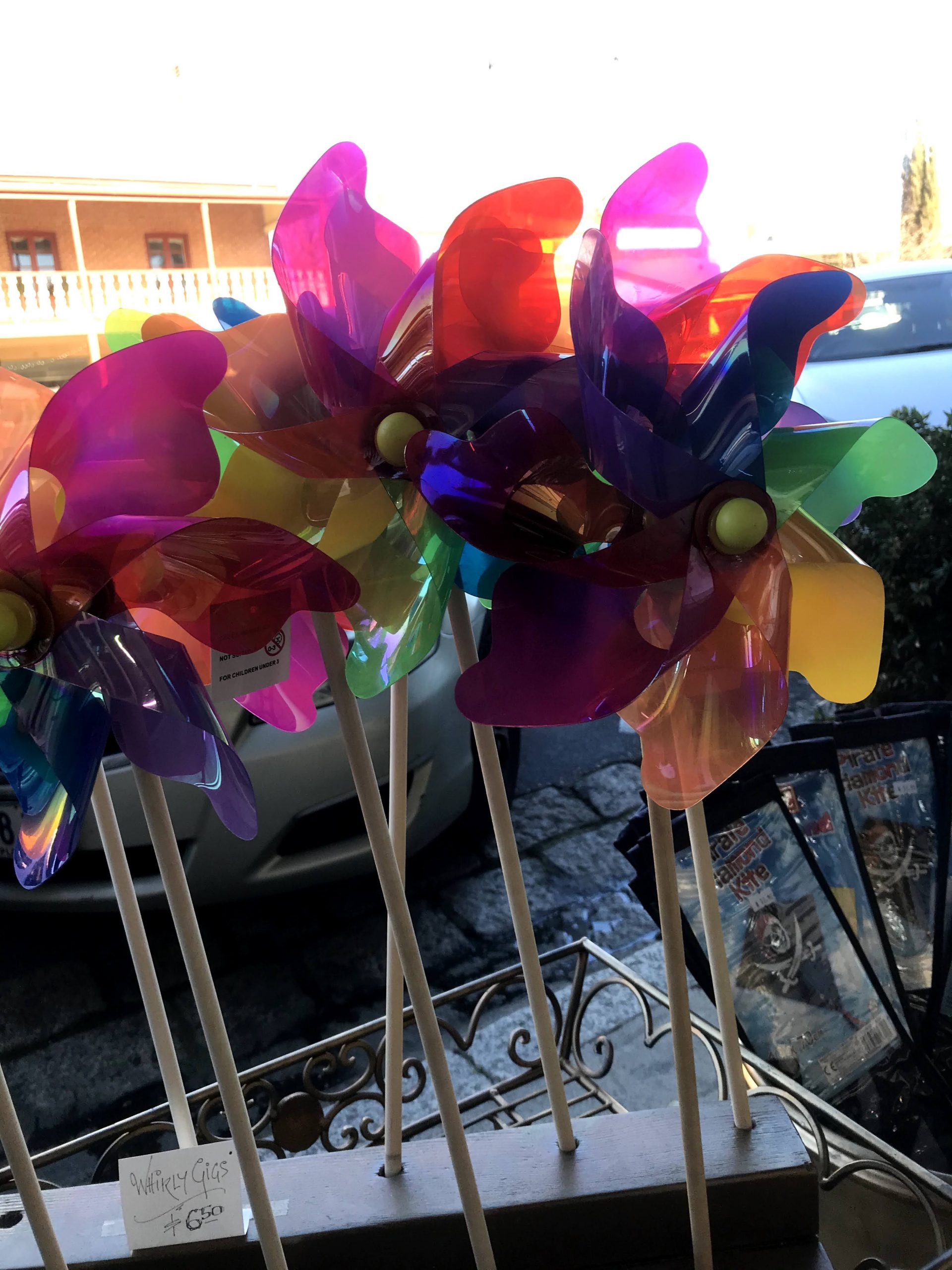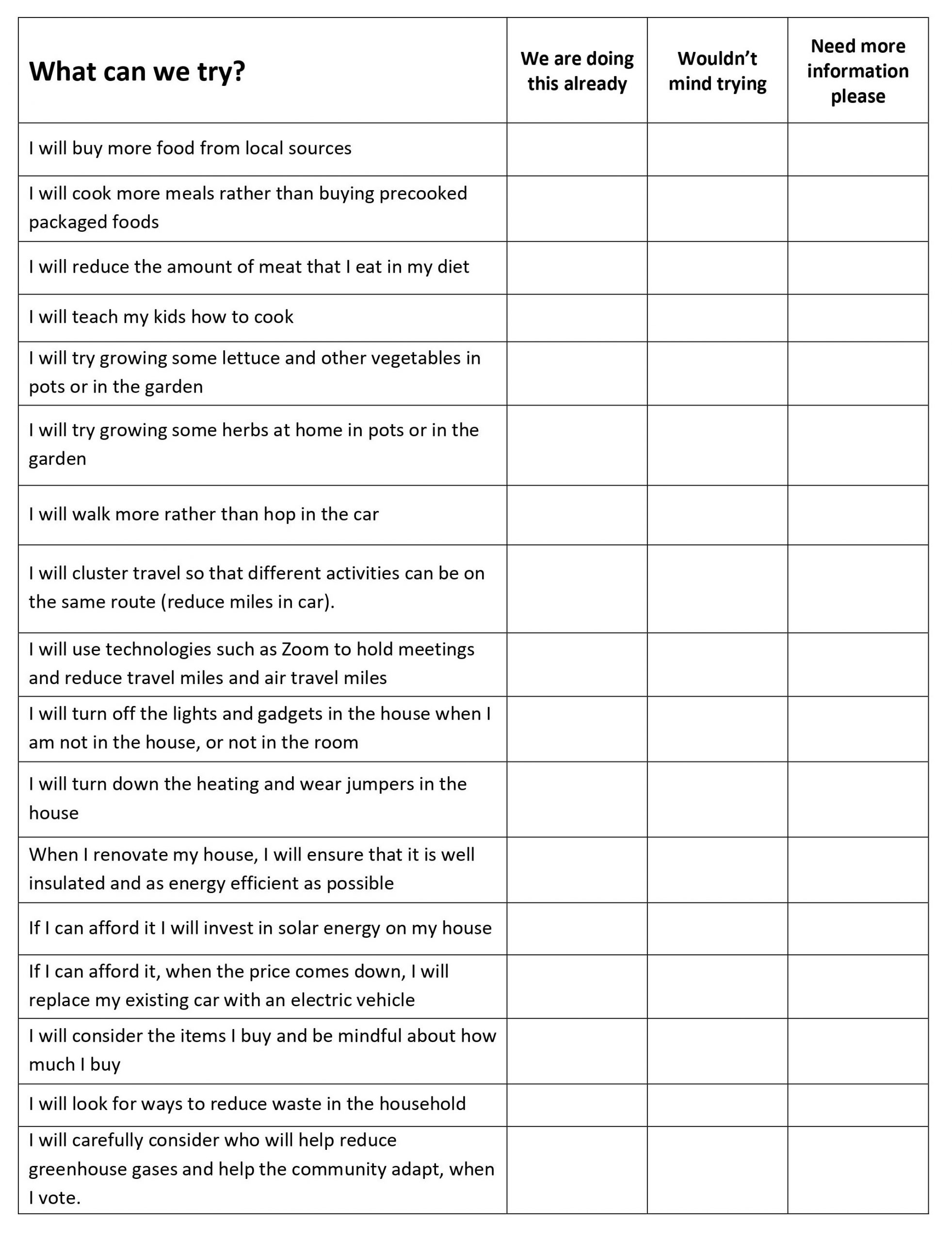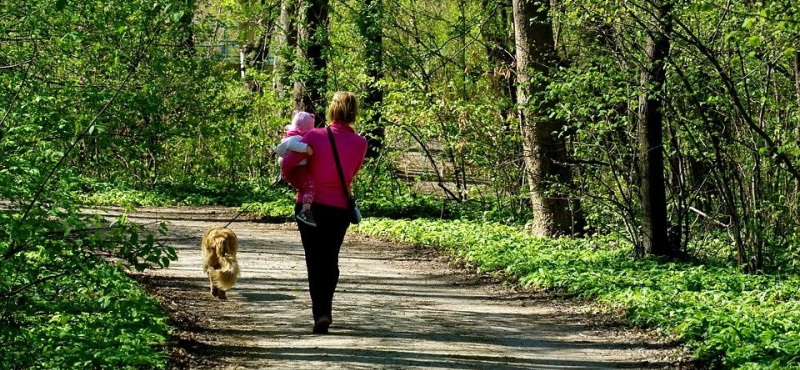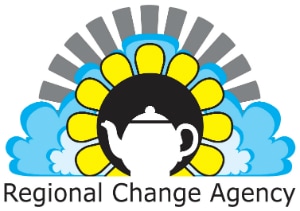Overview
In late 2019 I graduated with a Master of Applied Positive Psychology at the University of Melbourne. As noted elsewhere, I had read the book Flourish by Martin Seligman, and thought that there could be something in Positive Psychology that could be useful for addressing climate change. One of the things that I found is around hope. What stood out for me is the potential to build hope around climate change, based on the science and research from Positive Psychology.
In my study and research, I came across Hope Theory (who knew??) . While on the one hand, we often think about hope as an emotion it can also be a learnt skill. Snyder developed the research and theory around Hope. He identified three components for building hope: to have a goal, develop a plan for meeting that goal, and working out ways of overcoming barriers if they emerge.
I saw a lovely example of hope in action while I sat in my car the other day. A pretty little girl (maybe three years old?) with a tutu dress came across colourful windmills outside a toy shop that she decided she wanted. She was obviously really attracted to them, and decided she wanted one: her goal. She asked her mother for one (or perhaps two), and asked her mother if she could have one (develop a plan). Her mother said no and looked to move away. The young girl promptly sat down on the concrete and did not move until she was able to get a better outcome (overcoming barriers). I was impressed, but a bit worried about the power dynamics in the family.
Building Hope
The components for building hope are to have a goal, develop a plan to meet that goal, and to work out ways of overcoming barriers if they emerge.
Hope Theory was developed by Snyder (i) (1994). Other researchers have also looked at Hope, how it is formed and the different approaches and theories.
Snyder identifies three inter connected components of Hope:
- Goals
- Willpower (or agency) (for example, I can do this, I’ll try) and
- Waypower (ii) (the mental plans or maps that get around barriers)
Hope, according to Snyder and others, is a process that can be developed: a way of thinking (iii). Children develop hope at different stages of growth and development (iv) and there are a range of papers and books that provide methods and practices to increase hope (v). Hope can be measured, with tools developed for both adults and children (vi).
There is also a difference between hope and optimism. The theory around hope is that there is a desire for something, and then forming attitudes and then actions (vii). Optimism, on the other hand does not require action. For those interested I have included some of that discussion as an endnote (viii). I have thought about the difference about hope and optimism in the context of gardening. I can be optimistic that I will have a lovely garden. But if I do not do any thinking, planning or planting then that is just a wish. I can also hope that I will have a lovely garden. That requires me to plan, select plants and actually plant the bulbs rather than just looking at the catalogues, or even more expensively buying bulbs and plants and not planting them.
To build hope, we need to take action: develop agency

Hope and climate change
What stands out for me is the potential to build hope around climate change.
Here is the thing I that I have learnt. There are many decisions we make every day. If we can take some elements of the decisions and check whether it will help us manage better with climate change we can be better informed, and make changes that help us become more resilient and increase hope.
The opposite of hope can be despair and fear.
In the complex area of climate change, there is significant risk of people closing down as the problem is seen as too big, and too hard. When I have asked people how they react when they hear the term climate change, I have had a responses more than once such as “I close down”, or “the shutters come down”. People can turn to despair. There is considerable research and theories around the effectiveness of fear to change behaviour (ix). Fear and anxiety can lead to denial and try to avoid the whole topic and area ("avoidant behaviour")(x). People may turn away and dismiss any consideration of trying to make a difference, or be apathetic, dismissing any feeling, emotion or interest in the topic (xi).
Rodriguez-Hanley and Snyder (2000) draw attention to the death of hope. They outline four stages:
- hope changes to rage,
- rage changes then to despair
- despair changes finally to apathy.
The writers argue that a key factor is the blockage of goals (xii).
These stages have particular resonances in discussions around climate change, where rage may certainly be articulated. In this context, language used by some politicians and others to argue that Australia only produces a small percentage of greenhouse emissions and therefore nothing that we (the Australian community) do counts, is particularly damaging. It can imply to the person looking to help reduce emissions and make changes that nothing that they do is worthwhile. This reduces the sense of agency that Snyder says is an essential component of hope. It is also untrue. Australia is one of the largest emitters of greenhouse gases in the world, per person. An article which addresses this issue is here.
In my view building hope is important for us all in working around issues to reduce the emissions causing climate change, and manage the impacts that are already taking place.

What we can try
So here are examples of goals that relate to hope and climate change. The overarching goal may be to reduce the amount of carbon dioxide my household is producing. This can be broken down to more achievable bits, as in the following table.


How does this help?
This website has many examples of actions (for example actions by others) that we can take to reduce emissions, and increase our ability to adapt to the impacts of climate change.
I have also found that in my case, as I have tried some of the easier actions, such as different choices around food, then I can be more confident about making bigger choices. The choices can be related to reducing the amount of carbon dioxide I produce, as well as adapting. In my case, reducing the carbon I produce has included installing solar panels and a solar hot water system. Adapting to the changes such as increased heat, and less water has meant putting blinds outside the house and choosing plants in the garden that require less water and are tougher. In my previous property after the 2009 bush fires which came very close to the house, I made sure I was not planting highly flammable trees and shrubs (such as many native trees) near the house and had a distinct green zone as buffer for potential fire.Where can I get more information?
There are great resources available and tools to tap into. These include:
2040 at https://www.madmanfilms.com.au/2040film
In addition to the film 2040 there are also tools for planning which you can customise which also provides links and activities: “Learn about, contribute to, advocate for and invest in regenerative solutions to improve our planet.
Drawdown at https://drawdown.org/.
Drawdown “The World’s Leading Resource for Climate Solutions
“Our mission is to help the world reach “Drawdown”— the point in the future when levels of greenhouse gases in the atmosphere stop climbing and start to steadily decline, thereby stopping catastrophic climate change — as quickly, safely, and equitably as possible.”
This website has a wealth of information, resources and explanations. There are also a series of videos as mini lectures on Climate Solutions 101
Great examples of good things happening around Hope
There will be people working all around in your community who are trying to reduce their household impact, build community gardens, plant trees in parks or in reserves, find ways to establish solar panels on community buildings, set up energy programs and even local energy microgrids, look to regenerate landscapes, work with Farmers for Climate Action, set up active groups for reducing subsidies for fossil fuels, write letters to the editor, establish and pitch in with community groups. It is always more fun if you can find others to work with and learn together. People are setting goals at the individual, household, and community levels. Local Government in many areas have been proactive about tackling matters in their control and setting goals and actions to reduce their emissions. All States and Territories have committed to zero emissions by 2050. Some State governments have legislated for interim targets (for example Victoria).
There also professional groups and organisations who are setting goals, working out how to get there, and getting around barriers: Building Hope through Action.
The following are some examples:
- Farmers for Climate Action : https://farmersforclimateaction.org.au/
- Veterinarians for Climate Action : https://www.vfca.org.au/
- Australian Academy of Technology and Engineering : https://www.atse.org.au/research-and-policy/policy-priorities/priority-climate-change/
- Doctors for the Environment Australia : https://dea.org.au/
- Investor Group on Climate Change : https://igcc.org.au/
There are also groups who are working together as members of the community or as social groups to set goals, identify actions and work through and around barriers. Examples include:
- WATCH: Wodonga Albury Toward Climate Health : https://watch.id.au/
- Climate Action Network links many different groups across Australia and has a large collection of resources and member groups at https://www.cana.net.au/ - about
- Australian Youth Climate Coalition : https://www.aycc.org.au/
Keeping Well
Please make sure as you are managing the impacts of COVID and working how to address climate change in your own space that you take care of yourself. That may mean that it is not the right time to decide to become highly active as an activist for climate change.
In my view it is very important to recognise that at times in our lives a focus on you and your wellbeing needs to take priority. For example, if you have young children, or aging parents. Please do not be made to feel guilty or pressured to do things when the time is not right. We can only do our best, and sometimes that means saying no to invitations to do more.
Kind regards
Narelle
September 2021

References
For those who want more information I have included details of documents that I have used in this section.
[i] “Hope Theory was developed by Snyder” Snyder, C. R. (1994). The psychology of hope, New York: Free Press.
[ii] “Snyder identifies three inter connected components of Hope” Snyder, C. R. (1994). The psychology of hope, New York: Free Press.
[iii] “Hope.. is a process that can be developed: a way of thinking” Snyder, Snyder, C. R. & Feldman D.B., (2000). Hope for the many: An empowering social agenda In C. R. Snyder (Ed.), Handbook of hope theory measure and applications (pp. 389-412). San Diego, California: Academic Press. Snyder, C. R. (2002). Hope theory: Rainbows in the mind. Psychological Inquiry 13 4 pp 249-275.
[iv] “Children develop hope at different stages of growth and development” Snyder, C. R. & Feldman D.B., (2000). Hope for the many: An empowering social agenda In C. R. Snyder (Ed.), Handbook of hope theory measure and applications (pp. 389-412). San Diego, California: Academic Press.
[v] “…There are a range of papers and books that provide methods and practices to increase hope.” Snyder, C. R. (1994). The psychology of hope, New York: Free Press.
Lopez, S. J. (2013). Making hope happen: Create the future you want for yourself and others. New York, NY: Simon and Schuster.
McQuaid, M. & Kern, P. (2017). Your wellbeing blueprint feeling good and doing well at work. Australia: Michelle McQuaid.
[vi] “Hope can also be measured…”. Lopez, S.J., Ciarlelli, R, Coffman, L., Stone, M &Wyatt, L (2000). Diagnosing for strengths: on measuring hope building blocks In C. R. Snyder (Ed.), Handbook of hope theory measure and applications (pp. 57-85). San Diego, California: Academic Press.
[vii] “…there is a desire for something, and then forming attitudes and then actions”. Pettit, P. (2004). Hope and its place in mind. The Annals of the American Academy 592,152-165.
[viii] There are a number of related concepts to hope. Snyder (1994) argues that hope is different to optimism, in that optimism is about expecting the best, but without necessarily any plans to achieve what the “best” might be. Gallagher and Lopez research concludes that hope and optimism are empirically distinct (Gallagher and Lopez, 2009). Snyder also argues that hope model contrasts with others who focus on both emotions and self-esteem. He argues that “emotions and self-esteem are the by-product of how effective we are in the pursuit of goals” (Snyder, 1994, p 21).
For further information:
Gallagher , M. W. & Lopez, S. J. (2009) Positive expectancies and mental health: Identifying the unique contributions of hope and optimism, The Journal of Positive Psychology, 4:6, 548-556, DOI: 10.1080/17439760903157166
Shorey, H. S., Snyder, C. R., Rand, K. L., Hockemeyer, J. R., & Feldman, D.B. (2002). Somewhere over the rainbow: Hope theory weathers its first decade. Psychological Inquiry, 13 4 322-331.
Snyder, C. R. (1994). The psychology of hope, New York: Free Press.
[ix] “There is considerable research and theories around the effectiveness of fear to change behaviour.“ Feldman, L. & Hart, P. (2018). Is there any hope? How climate change news imagery and text influence audience emotions and support for climate mitigation policies Risk Analysis Vol (not indicated) No (not indicated) pp 585-602. DOI: 10.1111/risa.12868
[x] ”Fear and anxiety can lead to denial and avoidant behaviour…” Witte, K. & Allen, M. (2000) A meta-analysis of fear Appeals: implications for public health campaigns, Health Education & Behavior 27(5): 591-615.
[xi] …”People may turn away and dismiss any consideration of trying to make a difference, or be apathetic”… Salama, S & Aboukoura, K. (2018) Role of emotions in climate change communications. In W. L. Filho, E. Manders, A. M. Azul, V. M. Azeiteiro, H. McGhie (Eds). Handbook of climate change communication: Vol. 1, Climate change management. pp 137-149. Springer International Publishing. doi:10.1007/978-3-319-69838-0_10
[xii] “…attention to the death of hope”… Snyder, C. R. (1994). The psychology of hope, New York: Free Press. 4
